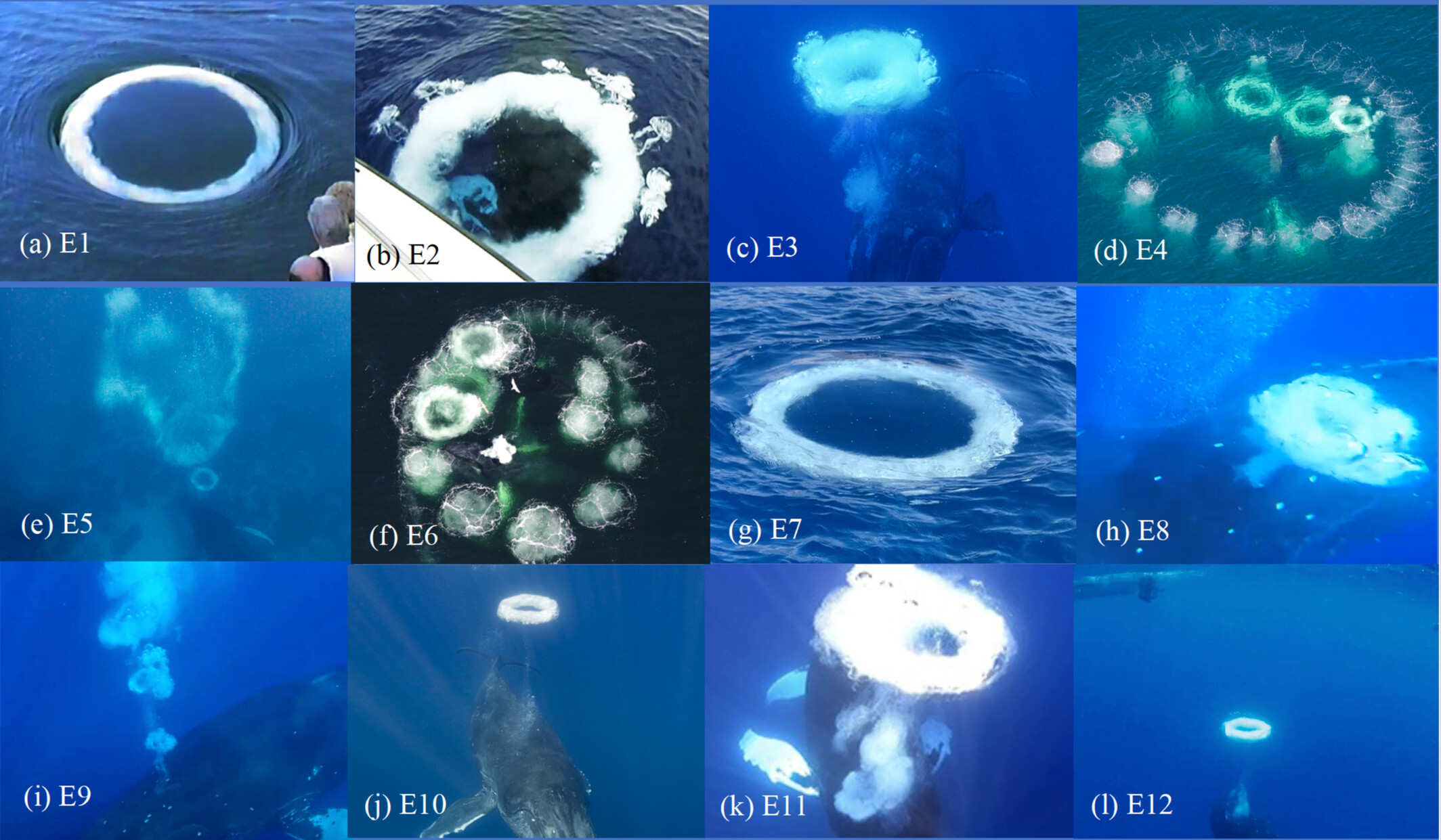To better understand whether humans influenced the behavior, the team reviewed hundreds of hours of drone footage from other whale studies. They found no examples of these bubble “smoke” rings when humans weren’t present.
“That suggests that perhaps they’re doing it only when humans are close by,” Hubbard said.
The study, published in Marine Mammal Science, is part of WhaleSETI — a long-running research collaboration that explores nonhuman intelligence on Earth to help refine how we search for intelligence beyond it.
“It certainly seems like the humpback whale is playing,” said Dr. Laurance Doyle, SETI Institute scientist and co-author on the paper. “It’s kind of like a dog inviting you to play when they put a ball in front of you and then frisk around it.”
Doyle said that studying the structure of the rings themselves can offer insight into the whales’ nonhuman intelligence. He said that making a bubble ring is not simple and requires precise energy and control. “What is the technical intelligence required [for a humpback whale] to make a bubble ring?” Doyle said.
 Composite image of at least one bubble ring from each episode. (Courtesy of SETI Institute)
Composite image of at least one bubble ring from each episode. (Courtesy of SETI Institute)
“Humpback whales live in complex societies, are acoustically diverse, use bubble tools and assist other species being harassed by predators,” said co-lead author Dr. Fred Sharpe, UC Davis affiliate, in a press release. “Now, akin to a candidate signal, we show they are blowing bubble rings in our direction in an apparent attempt to playfully interact, observe our response, and/or engage in some form of communication.”
The WhaleSETI team has been exploring marine mammal communication for years. In 2021, researchers published findings of a “conversation” with a humpback whale named Twain, using recorded whale calls played through an underwater speaker.
Earlier this year, a separate study from the University of Southern Denmark investigated how baleen whales are able to sing underwater. Last year, researchers at the SETI Institute found that the sounds whales make during bubble feeding events are used to communicate instructions to the group.
The bubble ring behavior adds a new layer to those findings.
In studying curious, communicative humpbacks, the researchers aren’t just decoding whale behavior. They’re building a roadmap for recognizing intelligent life, whether it’s swimming in our oceans or drifting somewhere among the stars.



















